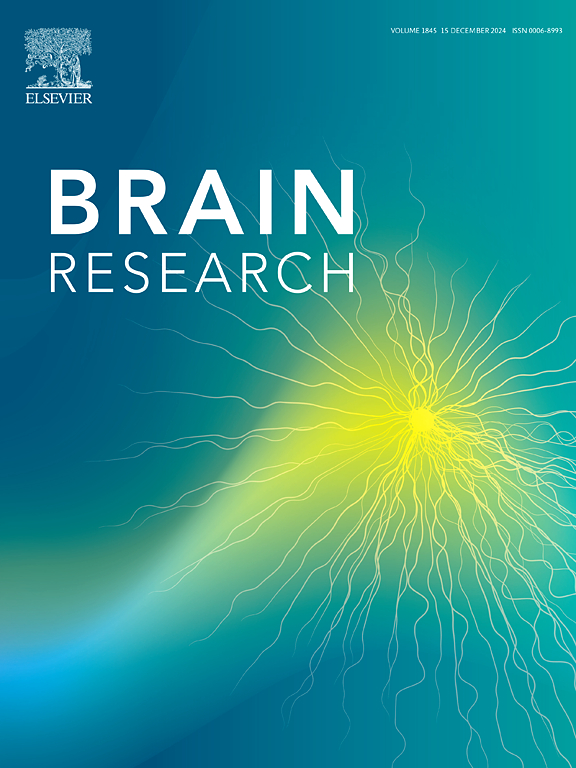Machine learning-based ischemic stroke detection and categorization with non-invasive plantar pressure data
IF 2.6
4区 医学
Q3 NEUROSCIENCES
引用次数: 0
Abstract
Purpose
The reliable and cost-effective automatic detection of stroke is crucial for prompt treatment and rehabilitation progress. However, the current diagnosis still relies on expensive brain imagining techniques and manual assessments, resulting in a need for medical visits, experts, or human errors.
Methods
This study has focused on development and validation of a machine learning-based screening algorithm using cost-effective and non-invasive foot pressure signals. The signals reflect affected motor-control mechanisms and gait disturbance following stroke with high temporal resolution. A novel set of foot pressure biomarkers has been proposed based on Empirical Fourier Decomposition combining an improved Fourier spectrum segmentation and a zero-phase filter bank to characterize the affected pressure distribution pattern. Afterward, the proposed approach combines the selection power of the ReliefF ranking algorithm and the classification power of support vector machine and K-nearest neighbors in a new framework to choose the discriminative pressure components, features, plantar areas, and sensors for offering high detection performance.
Results
This automatic method has been evaluated using 198-foot plantar sensors recorded during walking in a sample of 82 subjects (46 healthy controls and 36 patients afflicted with stroke). It has achieved approximately perfect detection performance with an average accuracy rate of 99.19% and robust performance against clinical factors.
Conclusion
The proposed detection method is unique in its ability to provide robust performance against stroke sides and blood pressure status as well as to successfully detect stroke with a small number of biomarkers extracted from the toe and finger regions.

基于机器学习的无创足底压力数据缺血性卒中检测与分类。
目的:可靠、经济的脑卒中自动检测对及时治疗和康复至关重要。然而,目前的诊断仍然依赖于昂贵的大脑成像技术和人工评估,导致需要医疗访问,专家或人为错误。方法:本研究的重点是开发和验证一种基于机器学习的筛选算法,该算法使用具有成本效益和非侵入性的足压信号。这些信号反映了中风后运动控制机制和步态障碍的高时间分辨率。基于经验傅里叶分解,结合改进的傅里叶频谱分割和零相位滤波器组,提出了一套新的足压生物标志物,以表征受影响的压力分布模式。然后,该方法将ReliefF排序算法的选择能力、支持向量机和k近邻的分类能力结合在一个新的框架中,选择具有判别性的压力分量、特征、足底面积和传感器,从而获得较高的检测性能。结果:在82名受试者(46名健康对照者和36名中风患者)行走时记录的198英尺足底传感器对这种自动方法进行了评估。它取得了近乎完美的检测性能,平均准确率为99.19%,对临床因素的表现也很稳健。结论:所提出的检测方法是独一无二的,它能够提供对中风侧面和血压状态的强大性能,并且能够通过从脚趾和手指区域提取的少量生物标志物成功检测中风。
本文章由计算机程序翻译,如有差异,请以英文原文为准。
求助全文
约1分钟内获得全文
求助全文
来源期刊

Brain Research
医学-神经科学
CiteScore
5.90
自引率
3.40%
发文量
268
审稿时长
47 days
期刊介绍:
An international multidisciplinary journal devoted to fundamental research in the brain sciences.
Brain Research publishes papers reporting interdisciplinary investigations of nervous system structure and function that are of general interest to the international community of neuroscientists. As is evident from the journals name, its scope is broad, ranging from cellular and molecular studies through systems neuroscience, cognition and disease. Invited reviews are also published; suggestions for and inquiries about potential reviews are welcomed.
With the appearance of the final issue of the 2011 subscription, Vol. 67/1-2 (24 June 2011), Brain Research Reviews has ceased publication as a distinct journal separate from Brain Research. Review articles accepted for Brain Research are now published in that journal.
 求助内容:
求助内容: 应助结果提醒方式:
应助结果提醒方式:


